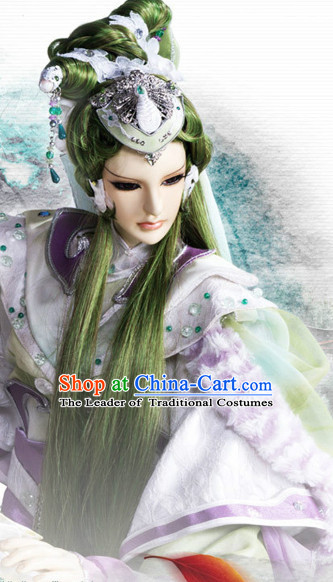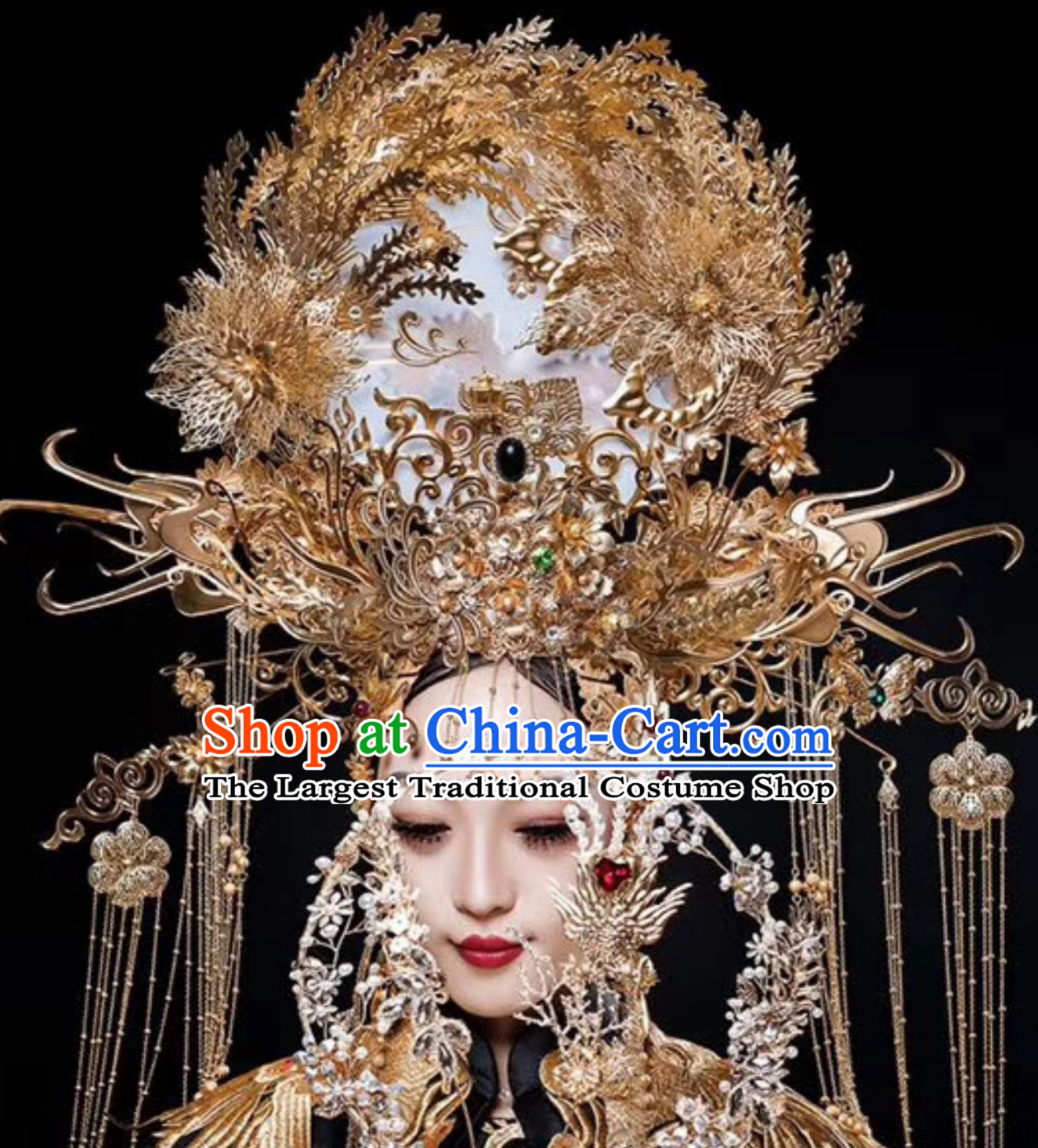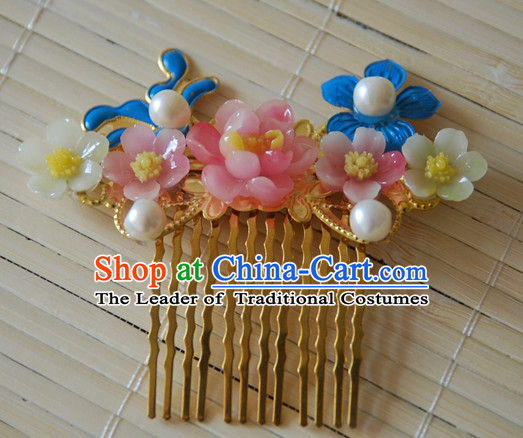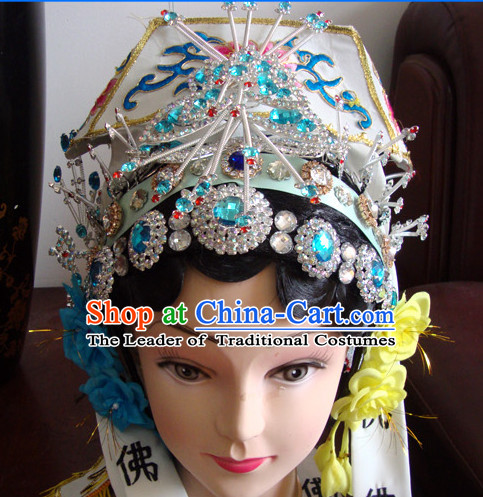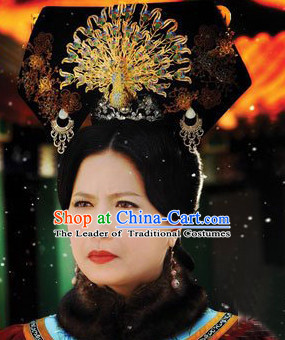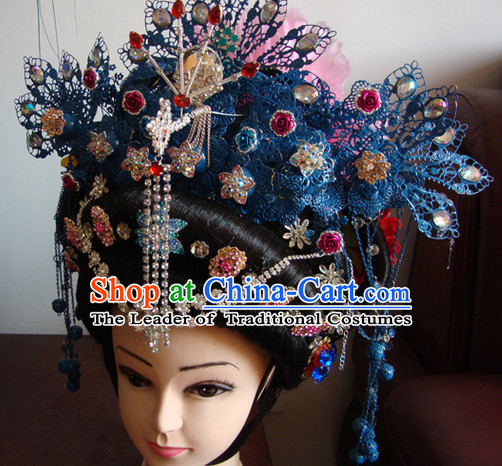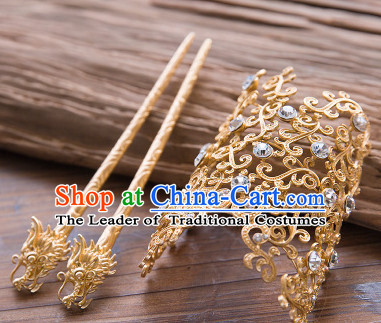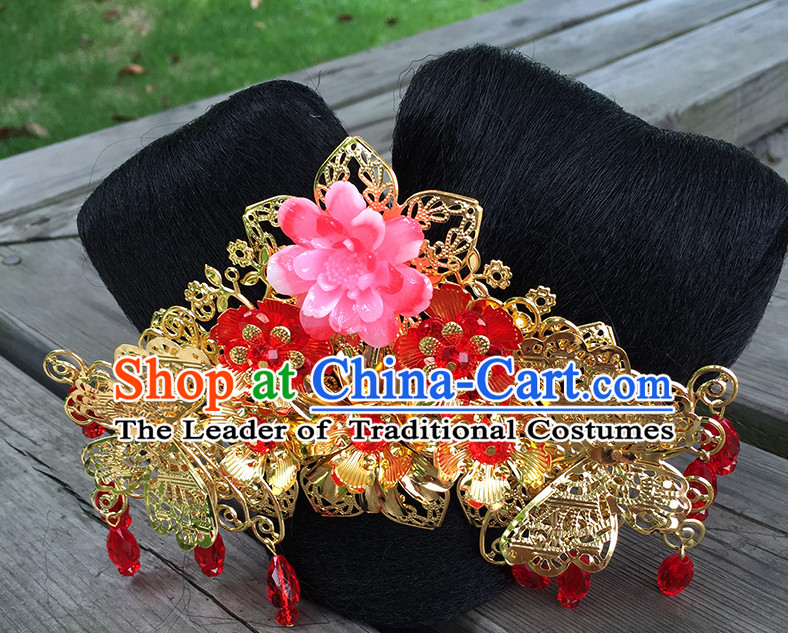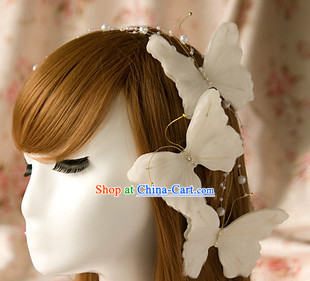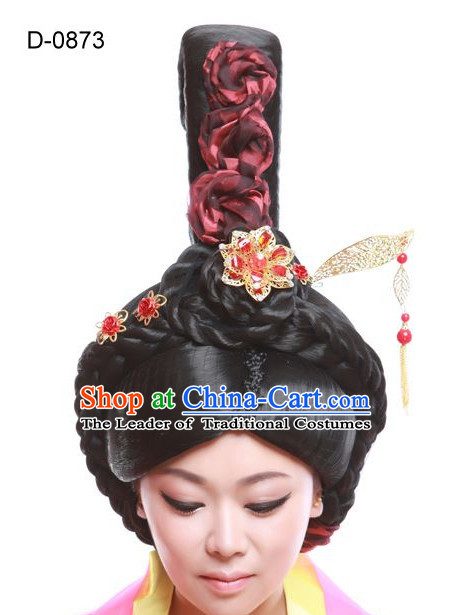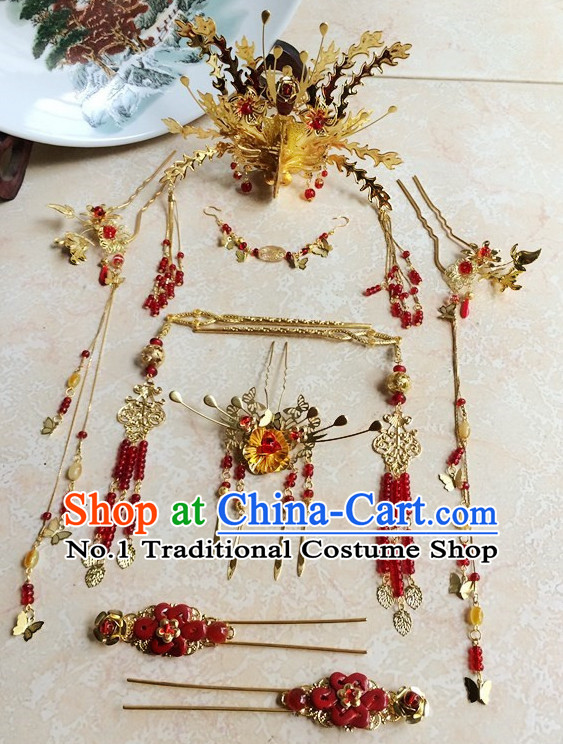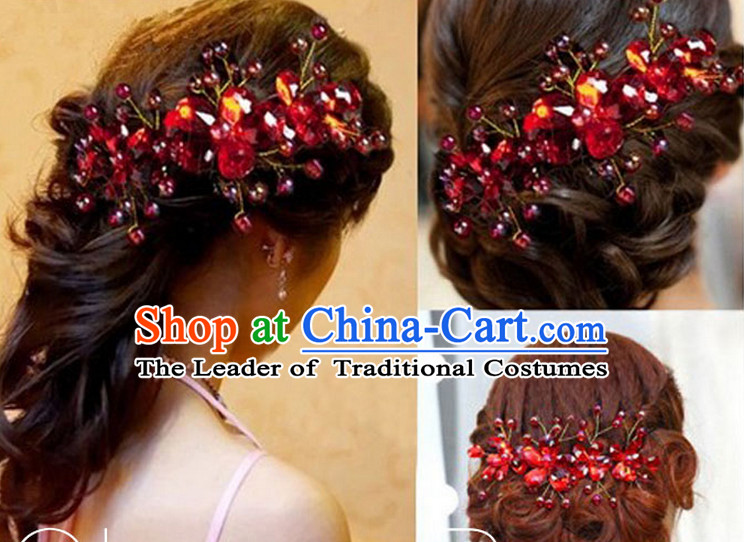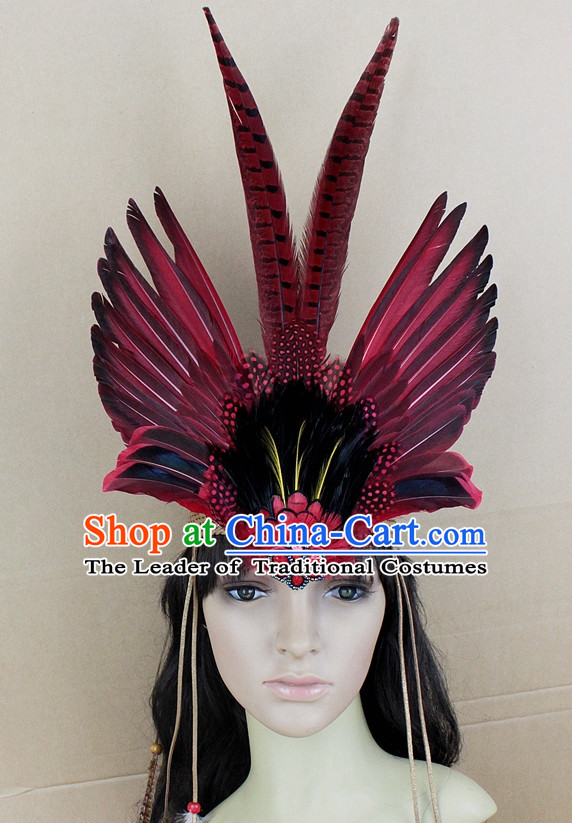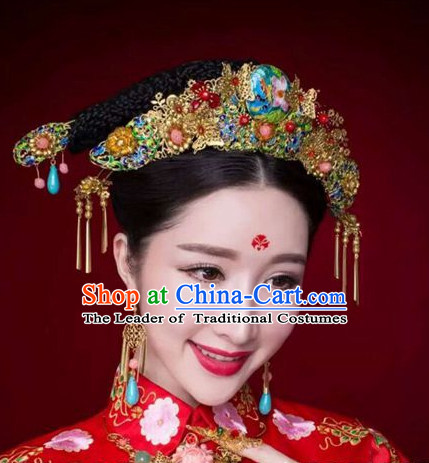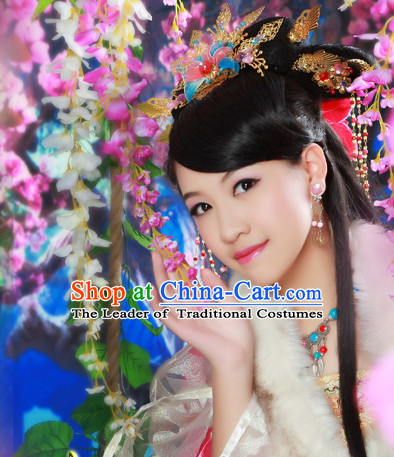
Click Related Pictures for More Audios:
Chinese classical hairstyles, hair accessories, and buns are an important part of Chinese culture.
They carry rich historical connotations and artistic value.
These traditional hairstyles not only reflect the aesthetic concepts and lifestyles of ancient society but also demonstrate the exquisite skills of ancient Chinese craftsmanship.
In ancient China, hairstyles and hair accessories had strict hierarchical systems.
Emperors, nobles, and officials usually used gorgeous hairstyles and exquisite hair accessories, while ordinary people mainly wore simple ones.
The designs of these hairstyles and hair accessories were often symbolic, such as auspicious patterns like dragon and phoenix or blessings like five blessings coming to the door, conveying good wishes and blessings.
In addition, some hairstyles and hair accessories had special functions, such as headbands and crowns, which were used to protect the head from natural factors like sunlight and wind.
In ancient China, hair was considered one of the most important parts of the body, so hair care was highly valued.
People would use various natural plant-based hair care products, such as olive oil and tea tree oil, to maintain the health and luster of their hair.
At the same time, there were many traditional hairstyle techniques, such as braiding and updos, that required long hours of practice and mastery.
In addition to hairstyles and hair accessories, ancient Chinese buns were also a unique hairstyle form.
Buns were usually made of silk or fabric and came in various shapes, such as round, square, and triangular.
The placement of buns also had its own rules, usually on top of the head or on both sides.
In ancient literary works, we can see many vivid descriptions of buns, such as Jia Baoyu in "Dream of Red Mansions" and Sun Wukong in "Journey to the West."
In conclusion, Chinese classical hairstyles, hair accessories, and buns are part of the cultural treasure of China.
They not only have beautiful appearances but also carry rich historical connotations and cultural significance.
By studying these traditional hairstyles, we can better understand the life, customs, and aesthetic concepts of ancient Chinese society.
